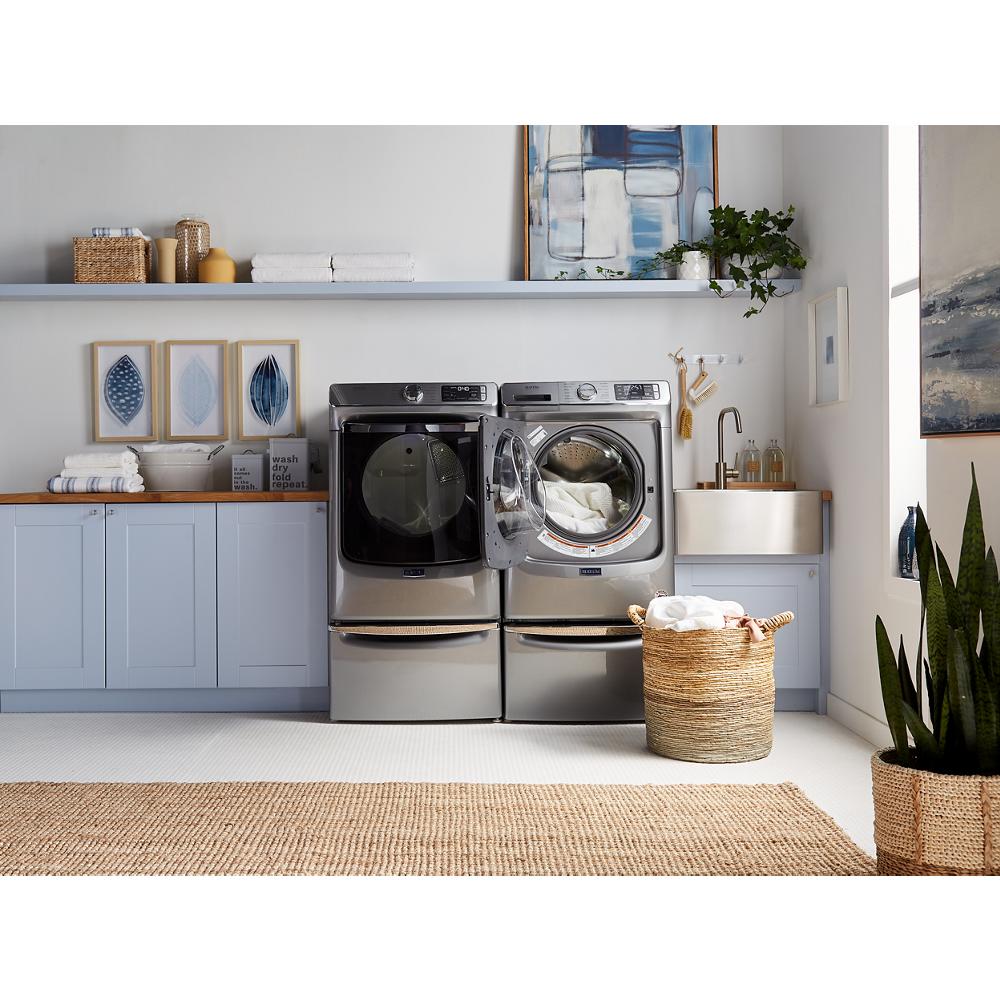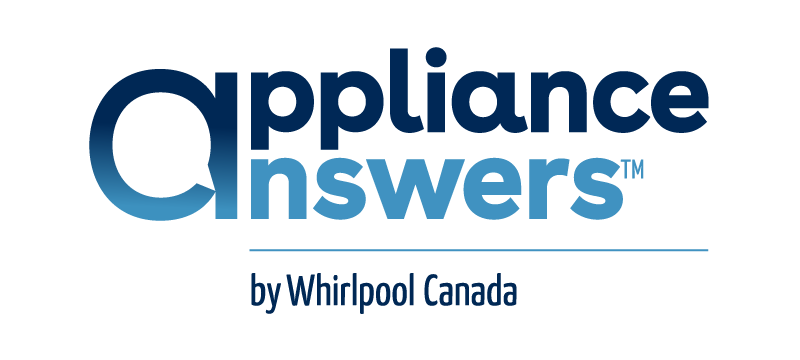How Many kWh Does a Dryer Use?
Most electric clothes dryers need, on average, anywhere from 1,800 to 5,000 watts of energy, across all load and cycle configurations. This amounts to a usage of roughly 1.8 to 5 kWh of electricity.
Most households would like to lower their energy bills, and to do so, it’s important to understand how much electricity your home appliances, like your dryer, need to run. By knowing how to calculate your dryer’s energy usage, you can adjust your laundry routine.
In this guide we’ll cover how kWh are measured, teach you the basics of calculating your own usage and provide some tips on how to reduce your dryer’s energy consumption.
How is your Dryer Energy Usage Measured?
A kilowatt-hour (kWh) is a measure of the energy used by an electrical device during a period of time. It equals the amount of energy an appliance would draw if, for instance, you kept a 1,000-watt appliance running for a full hour. Kilowatt-hours are used to measure your electricity usage (or consumption) in order to calculate your electricity bill.

- How many watts an electrical device draws
- How often that device is used
To calculate kWh, multiply the wattage of a device by the number of hours that you estimate it will be used, and then divide by 1,000. For example, a 100-watt incandescent bulb that is on for 10 hours will consume 1 kWh of electricity.
How to Calculate Your Usage
Try out this handy calculator and comparison tool courtesy of Natural Resources Canada, to learn what the estimated annual and lifetime cost would be for your dryer based on its specific wattage. If you know the wattage and want to determine the energy used and cost per hour of electric drying, follow these steps.

- Take the wattage and divide it by 1,000. This will give you the kWh.
- Multiply that kWh by the cost per kilowatt-hour of electricity in your area.
- If your dryer load takes an hour to run, this is also the energy used and cost on a per load basis.
Find your dryer’s wattage in the owner’s manual or on the serial tag for your dryer. You can also find the kWh per year for your dryer on the EnerGuide label from the Government of Canada, usually found in the literature package that came with your machine.
PRO TIP: Use the cost per hour of electricity in your area, which can be found on your utility bill.
Tips to Reduce Your Dryer's Energy Consumption
- Consider buying an ENERGY STAR® certified dryer. These certified models exceed government standards to help conserve natural resources. They may also help you save money on your utility bills. On average, an ENERGY STAR® certified clothes dryer uses 20% less energy than a standard unit.
- Look for ventless dryers. These models don’t need a hookup to an exhaust vent and are considered more energy efficient. Ventless dryers can be “heat pump” or “condensing”. Heat pump dryers typically use less energy via a process that recycles air to dry clothes and also by using lower temperatures. A condensing dryer utilizes water condensation drying technologies to dry a load. Remember that dry times with this technology may be slightly longer than a standard vented dryer.
- Always dry full loads without overloading the dryer as air circulation can contribute to proper drying.
- Dry a few loads one after the other to take advantage of the leftover heat in the dryer.
- Use moisture-sensing settings to help prevent overdrying, which is a proven energy waster.
- Thoroughly clean the dryer lint filter after every load to maintain proper air circulation and heating.
- With vented dryers, a clogged exhaust extends drying time and requires more energy. Ensure that the outside exhaust is always clean.





